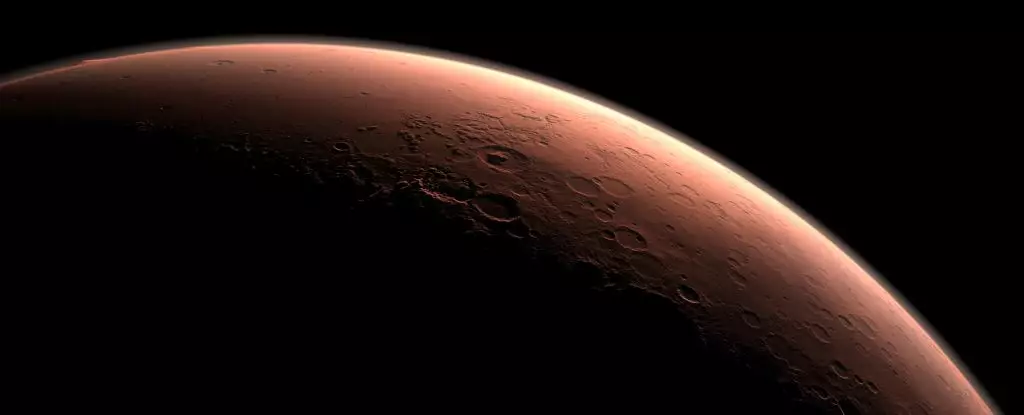The quest to uncover signs of extraterrestrial life has principally focused on Mars, a planet that has fascinated scientists for decades. Despite numerous missions and sophisticated technologies, including those from the famed Viking landers in the 1970s, definitive evidence of life remains elusive. This apparent vacuum of discovery prompts a critical reassessment of how we approach astrobiological examinations on Mars.
When the Viking missions marked the United States’ entry into Martian exploration, expectations were high. Launched in 1975, Viking 1 and Viking 2 successfully landed on Mars in 1976, equipped with cutting-edge instruments designed to explore the Martian atmosphere and surface. Among their objectives was a suite of biological experiments aimed at detecting any signs of life. However, these efforts were met with paradoxes and contradictions that left scientists perplexed.
The Viking landers utilized several innovative experiments, including the gas chromatograph-mass spectrometer (GCMS). Initial results revealed chlorinated organics, which were hastily interpreted as contaminants from Earth. Recent insights suggest that these substances may be native to Mars, although their origin—biological or abiotic—remains unconfirmed.
Astrobiologist Dirk Schulze-Makuch has raised concern regarding the very methodologies employed during the Viking experiments. He speculates that the techniques utilized may have inadvertently obliterated potential evidence of Martian life. In examining this theory, it becomes imperative to consider how experimental design could actively interfere with findings critical to understanding extraterrestrial biology.
For instance, the GCMS experiment involved heating samples, a practice that could have incinerated organic materials—effectively eliminating possible biosignatures. Similarly, other experiments aimed at isolating metabolic processes, such as the labeled release and pyrolytic release tests, might also have compromised their findings by introducing conditions not representative of the Martian environment.
Crucially, the prevailing assumption that life on other planets resembles life on Earth has shaped our experimental frameworks. We historically presumed Martian organisms would thrive in moist environments akin to those on our planet. However, current theories suggest that life may adapt to desiccated conditions, as is the case with extremophiles on Earth.
Schulze-Makuch argues that if Martian life were indeed adapted to dry atmospheres, flooding the samples with liquid during experiments may have produced detrimental effects—an overdose of hydration that could overwhelm and suffocate Martian microbes. He likens this scenario to rescuing a parched individual in a desert by throwing them into the ocean—an analogy that underscores the need for understanding the ecological contexts of potential life forms on Mars.
This perspective opens the door to reconsidering the results of the Viking experiments. Observations from the pyrolytic release test indicated stronger indications of life without additional moisture. This raises the crucial question: could evidence of life have been misinterpreted or overlooked amidst the experimental setup?
In light of these considerations, Schulze-Makuch advocates for future missions explicitly designed to seek signs of life on Mars, utilizing methodologies that account for the planet’s unique environmental conditions. A well-planned approach may integrate learnings from the Viking missions, applying contemporary insights into the resilience of life forms that may exist in extreme conditions.
Moreover, such missions should transpire with the hypothesis that Martian life might incorporate unconventional biochemical pathways, such as hydrogen peroxide utilization. Schulze-Makuch and co-author Joop Houtkooper posit that Viking’s findings align with the potential existence of such organisms, and that the persistence of these questions warrants further exploration.
As we continue to probe the depths of our solar system, maintaining an inquisitive mindset is essential. The legacy of the Viking missions serves as both a milestone and a lesson in the ongoing discourse surrounding life beyond Earth. Reconceptualizing our methodologies and assumptions is not just an academic endeavor; it is a critical step towards discovering whether we are truly alone in the universe or if Martian life has existed—or still exists—beneath our feet. With renewed focus and tailored explorations, the elusive signs of life on Mars may yet come to light, transforming our understanding of biology, ecology, and the very nature of life itself.


Leave a Reply